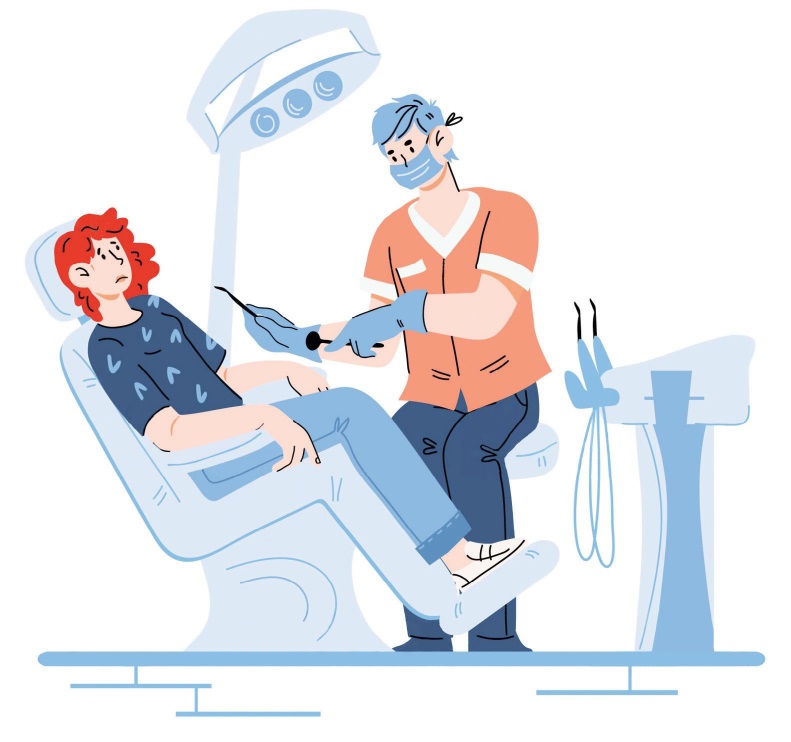ORAL HEALTH AND PEOPLE WITH INTELLECTUAL DISABILITIES
BY BARBIE VARTANIAN
The report on disability produced by the World Health Organization (WHO) in 2020 detailed more than 1 billion people (about 15% of the world's population) has some form of disability of whom nearly 200 million experience considerable difficulties in everyday function.
Over 300 million individuals in the world have intellectual disabilities, with numbers ranging from 10% of the population in Africa, 8% in China, 3% in Europe and approximately 2.5% in North America. We know that the heredity component is known to account for only a fraction of the cases of intellectual disabilities, there are over 350 causes, and in three fourths of the cases, the specific cause is unknown. Tragically, we also know that people with disabilities are the most medically and dentally underserved invisible population with unmet healthcare needs.
Prior to World War II, medical, dental, social and economic programs for patients with disabilities did not exist. Following the war, a new climate emerged in which the dignity of the human being was greatly enhanced. For the first time we looked at the health of this population, the disparities that existed and the barriers that prevented them from receiving equitable healthcare.
Historically, children and adults with "special healthcare needs", especially those with neurodevelopmental disorders (ND) and intellectual disabilities (ID) were provided care through solutions that segregated them, such as residential institutions and special schools. Policy over time shifted towards community and educational inclusion.

SHUT TIGHT: Few, if any, continuing education programs provide sessions dedicated to the care of individuals with disabilities.
The problem for the past 50 years has been the failure of the federal, state, and local community programs to provide equitable and inclusive healthcare for this population, including access to and the ability to receive quality oral healthcare. In fact, study after study clearly demonstrate that oral health is the most unmet healthcare need for people with ND/ID. To specifically address this problem, Project Accessible Oral Health (PAOH) was conceived as an initiative to tackle the crisis of inferior and unequal healthcare for this most underserved community.
Realizing that quality oral healthcare is an integral part of overall health, PAOH brings together people with disabilities, the dental and medical communities, insurance providers, disability non-profits, educators, educational institutions, caregivers, legislators and other stakeholders in pursuit of equal access to competent oral healthcare.
Although many dental practitioners do provide care for the legions of patients with disabilities, planning is essential to prepare the broad base of practitioners for the provision of needed services. For example, it was not until 2004 the US Commission on Dental Accreditation (CODA) adopted a new standard (with implementation in 2006) stating that "Graduates from U.S. dental schools must be competent in assessing the treatment needs of patients with special needs." The standard does not require clinical experience during dental school training. The Commission adopted a new standard for 2006, that educational programs in dental and dental hygiene schools in the United States were required to include some aspects of preparation for the care of individuals with disabilities. The literature reports that academic dental institutions have a history of underpreparing students to deal with the increasing population of individuals with special needs. The reality is that the issues of inade